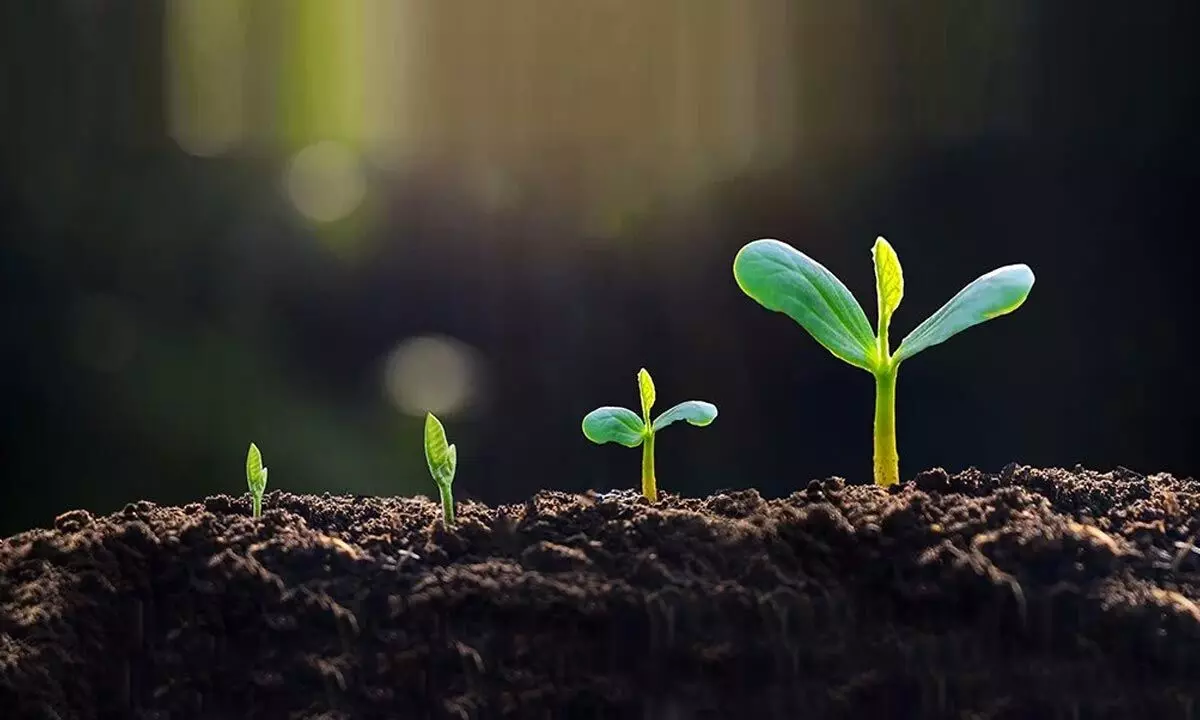Scientists Had Outlined An Experimental Artificial Photosynthesis Technique

(Sarayut Thaneerat/Getty Images)
- Researchers describe an experimental method for creating artificial photosynthesis that uses an electrocatalytic reaction to convert carbon dioxide, water, and electricity produced
- The method described here is so remarkable that it was chosen as one of the winners of the NASA Deep Space Food Challenge, a display of cutting-edge technology that one day may aid in growing food in space.
Scientists are working to harness and modify this natural process of plants converting water, carbon dioxide, and sunlight into oxygen and energy in attempt to produce food, fuel, and other things. Plants use this process to grow.
In a recent article, researchers describe an experimental method for creating artificial photosynthesis that uses an electrocatalytic reaction to convert carbon dioxide, water, and electricity produced by solar panels into acetate (the main component of vinegar). Plants can then use this acetate to fuel their growth.
The researchers have created a method that is meant to not only mimic photosynthesis but also outperform it; whereas with plants, only approximately 1% of the energy from sunlight is actually converted into plant biomass, in this system, the efficiency can be increased by around four times.
The researchers' electrolyzer, which converts electricity, needed to be particularly tuned in order to operate as a growth catalyst for organisms that create food. This included, among other things, increasing the amount of acetate and decreasing the amount of salt produced.
The team's further research showed that acetate-rich electrolyzer output could sustain a wide range of species, including yeast, green algae, and mycelium, which is responsible for the production of mushrooms. To put it into perspective, this process uses nearly four times as much energy to produce algae as does normal photosynthesis.
The researchers demonstrated that crops like cowpea, tomato, tobacco, rice, canola, and green pea could all utilise the carbon in the acetate and thrive in the absence of sunshine. The method could be employed instead of or in addition to regular photosynthesis.
The method described here is so remarkable that it was chosen as one of the winners of the NASA Deep Space Food Challenge, a display of cutting-edge technology that one day may aid in growing food in space. For example, consider being able to grow crops inside underground bunkers on Mars.
Artificial photosynthesis may significantly alter food production on Earth as well. Due to the climate issue, common agricultural techniques are more frequently threatened by excessive temperatures, droughts, floods, and other natural disasters.
Meanwhile such methods aren't a justification for not combating climate change, they might assist increase the resilience of food production and enable crops to be produced in more locations, potentially even in more urban areas.
Next Story




















